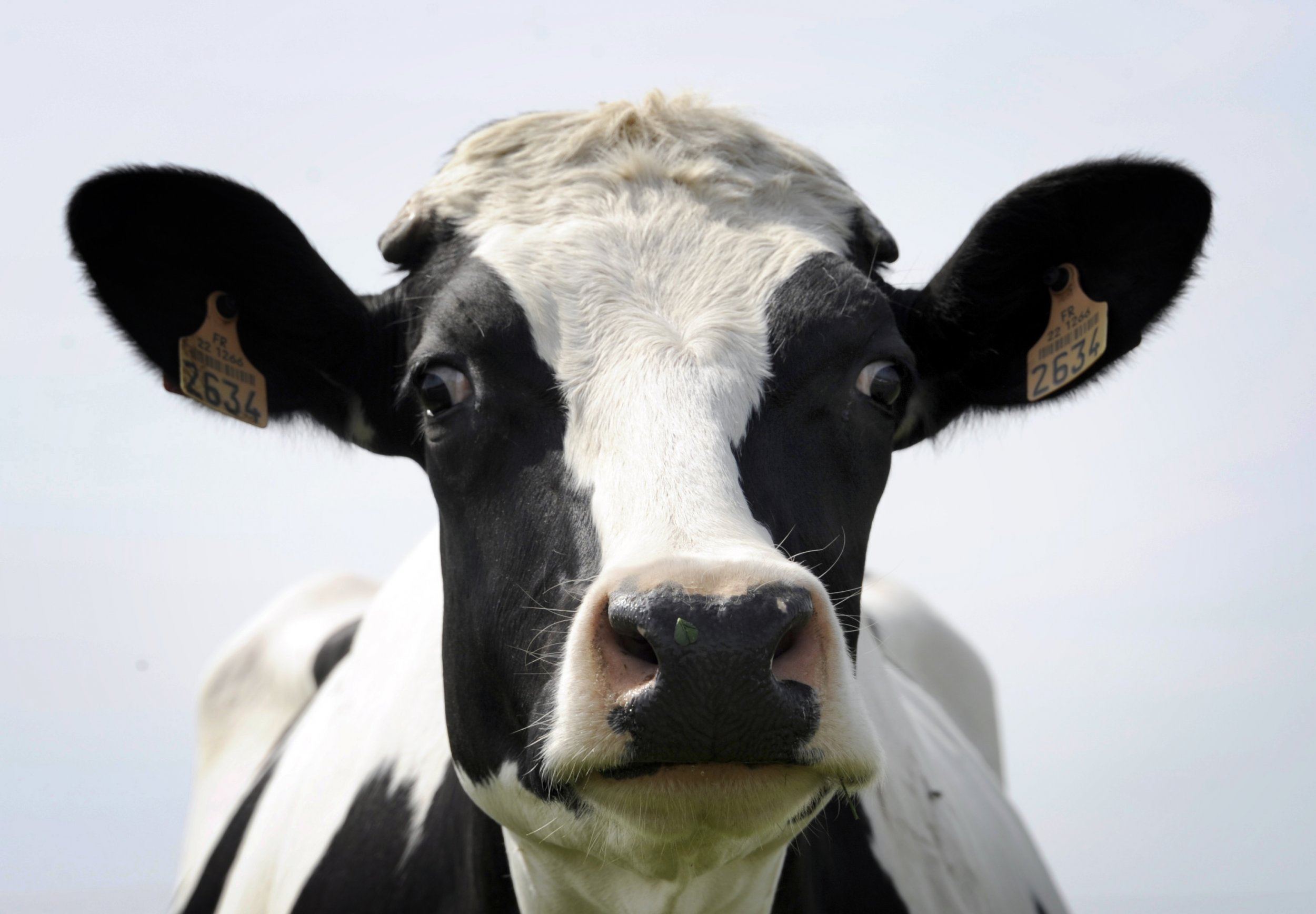
Cows have a bad reputation when it comes to climate change because they produce epic amounts of methane gas. The problem has inspired scientists to try to breed cows with more environmentally friendly gut bacteria, livestock managers to search for a diet that produces less flatulence and activists to encourage the public to eat less beef. But our obsession with cows may be hiding another, slimier climate change culprit: sea clams.
That's the conclusion of a paper published last week in the journal Scientific Reports, which looked at the ways seafloor creatures contribute to the Baltic Sea's emissions of greenhouse gases.
In particular, they looked at the chemicals methane and nitrous oxide. They're both rarer than carbon dioxide, but they are also much more effective at warming the planet: The same amount of methane causes as much as 28 times the warming as carbon dioxide, and nitrous oxide as much as 265 times.
Unfortunately, they're also both produced by two super-common seafloor critters in the Baltic Sea. A clam called Limecola balthica that's found across the North Atlantic and North Pacific oceans, and a many-legged worm called Marenzelleria arctia that has invaded southward from the Arctic emit copious amounts of these gases, according to the new report.
And while you might not think much about clams as you go about your daily life, some people have suggested they might be able to help us humans out of a few sticky situations: feeding hungry humans and sopping up some of the extra fertilizers that spill into waterways around the globe and pollute ecosystems.
The new results don't necessarily eliminate those potential benefits, but do call into question whether clams might be worth the warming that comes with them. The researchers calculated that in the Baltic, just these two species are responsible for about as much methane production as 20,000 dairy cows. (Also like cows, the gases are produced by microbes that live in the creatures' guts.)
"It sounds funny but small animals in the seafloor may act like cows in a stable, both groups being important contributors of methane due to the bacteria in their gut," lead author Stefano Bonaglia, a biogeochemist at Stockholm University, said in a press release.
That said, they haven't tackled similar clams and worms in other parts of the world, so it's not yet clear how broad a problem this may be. And of course, the study only looks at one particular piece of the critters' ecology—it could be they balance out their gassy releases with other, more positive roles.
Uncommon Knowledge
Newsweek is committed to challenging conventional wisdom and finding connections in the search for common ground.
Newsweek is committed to challenging conventional wisdom and finding connections in the search for common ground.
About the writer
Meghan Bartels is a science journalist based in New York City who covers the science happening on the surface of ... Read more
To read how Newsweek uses AI as a newsroom tool, Click here.








